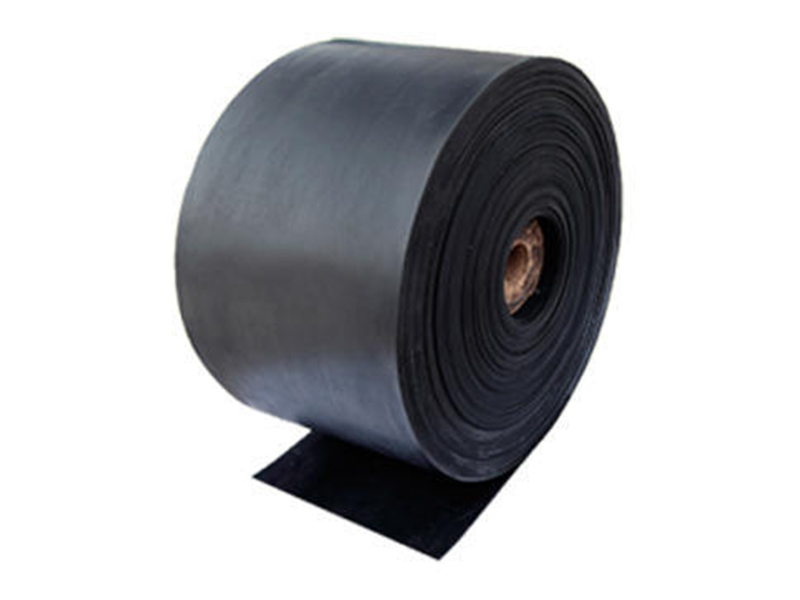Rubber Band Elastic
Conveyor belt rubber is an indispensable component in industrial material handling processes, ensuring the safe, fast, and efficient transportation of materials from one point to another. These belts are commonly used in sectors such as mining, agriculture, construction, quarries, and food processing plants. The durability and performance of conveyor belts directly impact the production speed and costs of businesses, making them a critical factor in industrial operations.
Structure of Conveyor Belt Rubber
Conveyor belts are primarily made of rubber and have a multi-layered structure. The top surface typically consists of a rubber layer that facilitates material transport. Beneath this, layers of textile or steel cords provide tensile strength, making the belt resilient and durable. These layers ensure flexibility, longevity, and the belt’s ability to withstand heavy loads and harsh conditions.
The materials used in the production of conveyor belts are designed to resist high temperatures, abrasive substances, and heavy loads. For example, heat-resistant rubber belts are used in industries like cement and furnace production, while chemically resistant belts are preferred in chemical plants.
Types of Conveyor Belt Rubber
Conveyor belt rubber is manufactured in different types based on its intended use and the environmental conditions:
Flat Belts: These belts are flat and typically used for transporting light to medium-weight materials.
Cleated Belts: These belts have raised edges to prevent materials from spilling over during transportation.
Modular Belts: Made up of individual segments, modular belts are often used in the food and beverage industry due to their hygienic design and ease of cleaning.
Chain Belts: Equipped with steel chains, these belts are ideal for applications that involve heavy loads, as they offer increased load capacity.
Advantages of Conveyor Belt Rubber
Increased Efficiency: Conveyor belt systems enable continuous material transport, which is much faster than manual methods, ensuring a constant flow of materials.
Labor Savings: Conveyor belts reduce the need for manual handling, lowering labor costs and minimizing workplace accidents.
Durability and Longevity: High-quality rubber belts are resistant to wear and tear, allowing them to perform under harsh conditions for extended periods without frequent replacement.
Flexibility: Conveyor belts can be customized for various industries, making them suitable for transporting a wide range of materials.



